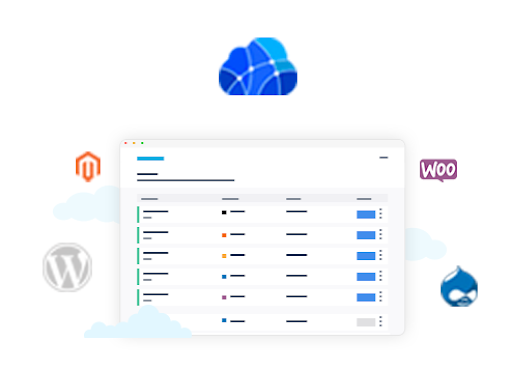
We’ve all known about energizing new innovations in the data warehouse world such as Amazon Redshift, Google BigQuery, and all the more as of late Azure SQL Data Warehouse. Obviously these are known as cloud data warehouse.
As per Google, there are just around 300 individuals every month over the previous year in the whole world who scanned for the keyword “cloud data warehouse .” Whereas the search for the “Amazon Redshift” is sought 14,800 times each month around the world. Now that’s a big figure, isn’t it?
I know it is not only the keyword to search for, people must be browsing with the words like data warehouse on the cloud. But as per experts who has done quite a few search in the field, they said that emphatically there are no bigger inquiry terms that depict the classification. Infact the classification itself has no existence.
This may come as a interesting fact that the cloud data warehouse category doesn’t exist. After all the market is hot, toolss are prominent and developing quickly. However, the truth of the matter is—the thing that goes to individuals’ minds is the toolss, the brands; not the class. Sometimes it just clicks into our brain that rather than remembering the category of the product we just remember the label. Is it because they have been market so well or the name is easy to recall. Whatever may be the reason, it works for the brands. And category suffers, where in the brand earns. Similar is the case of Data warehouse. The technology has been here sinces ages, as far back as the nineteenth century Thomas Edison stored away the consequences of his electricity experiments in a (legacy) data warehouse, introduced on the profoundly adaptable Kinetoscope Platform in his Menlo Park research center.
Be that as it may, hold up a moment. Information distribution centers have been around for a very long time. As far back as the nineteenth century Thomas Edison put away the consequences of his power explores in an (inheritance) information stockroom, introduced on the profoundly adaptable Kinetoscope Platform in his Menlo Park research center. So without a doubt there must be scans for just “data warehouse”.
Indeed, there are! If you take a gander at the examination between “data center warehouse” and “amazon redshift”. Redshift’s 14,800 are a drop in the sea contrasted with “data warehouse.” That term alone is looked 90,500 times each month all around, and there are numerous other related inquiry terms. “Data warehouse” is immense.
Each month there are around half a million people, most likely wannabe data engineers, communicating enthusiasm for “data warehouse” or any variety of that. Contrasted with 38,000 hunting down Redshift, 26,700 for BigQuery, and a measly 13,000 for Microsoft’s SQL Data Warehouse.
A small number of individuals who opt for the search terms ‘data warehouse’ are now influencing their initial phases in the data warehouse world. They are searching for via this term because they want to learn essential things like what data warehouse are for, how they work, the amount they cost. However, their eyes are shut to reality of cool new items and structures. Not to thump these items, they’re incredible. Be that as it may, what number of this crowd could be keen on the new era of instruments on the cloud with boundless adaptability and blasting quick question speeds?
To conclude, we can sum it up by saying that evidently nobody knows about a classification called “cloud data warehouse”. Bunches of individuals are more aware about the brands like Redshift compare to category. However, there are around 10X people who don’t. They basically look for “data warehouse”. Furthermore, what they get is old models and old-protect arrangements.
